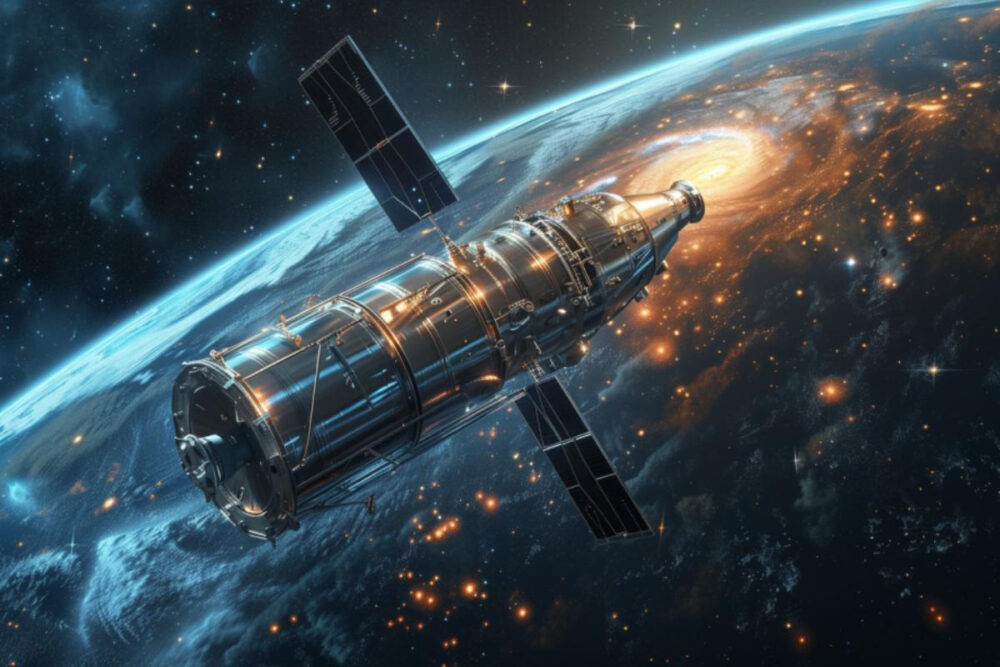Hubble in Search of Ocean Worlds: Telescope Helps Researchers Make an Exciting Discovery
The legendary Hubble Space Telescope continues to amaze: this time, it has captured signs of water vapor in the atmosphere of the smallest known exoplanet—GJ 9827d. This planet, just over half the diameter of Earth, is located 97 light-years away in the constellation Pisces.
“Detecting water vapor on such a tiny planet is truly a groundbreaking achievement,” notes Laura Kreidberg from the Max Planck Institute for Astronomy in Germany. However, GJ 9827d is unlikely to be suitable for life—it orbits its star in just 6.2 days at a distance much closer than Mercury is to the Sun. As a result, it is extremely hot—most likely a scorching steam world rather than an ocean planet where life could arise.
“For the first time, we have direct evidence that water can exist on planets in other systems, thanks to the analysis of their atmospheres,” says Björn Benneke from the Canadian Institute for Exoplanet Research.
The team of astronomers observed the transits (periodic passages across the star’s disk) of exoplanet GJ 9827d for three years. In total, 11 such transits were recorded. By analyzing the data from these observations, scientists were able to determine the presence of water vapor. The results of the study were published in the prestigious scientific journal Astrophysical Journal Letters.
“The discovery of water vapor in the atmosphere of such a tiny planet shows that similar objects may be quite common, considering that the star GJ 9827 is a red dwarf—the most common type of star in the galaxy,” explains Dr. Jennifer Wiseman from NASA.
However, scientists still cannot say for sure whether GJ 9827d is an ocean world or a mini-Neptune with an atmosphere mainly composed of hydrogen and helium. In the latter case, the hydrogen may have simply gone undetected. The powerful James Webb Space Telescope, with its superior infrared imaging capabilities, is expected to answer this question soon.
“We are eagerly awaiting the results,” admits Laura Kreidberg. “I hope we can finally resolve the question of the existence of water worlds.”
Despite its age, the Hubble Telescope continues to make fundamental discoveries and helps scientists explore the incredible diversity of planets in the universe ever more deeply.



